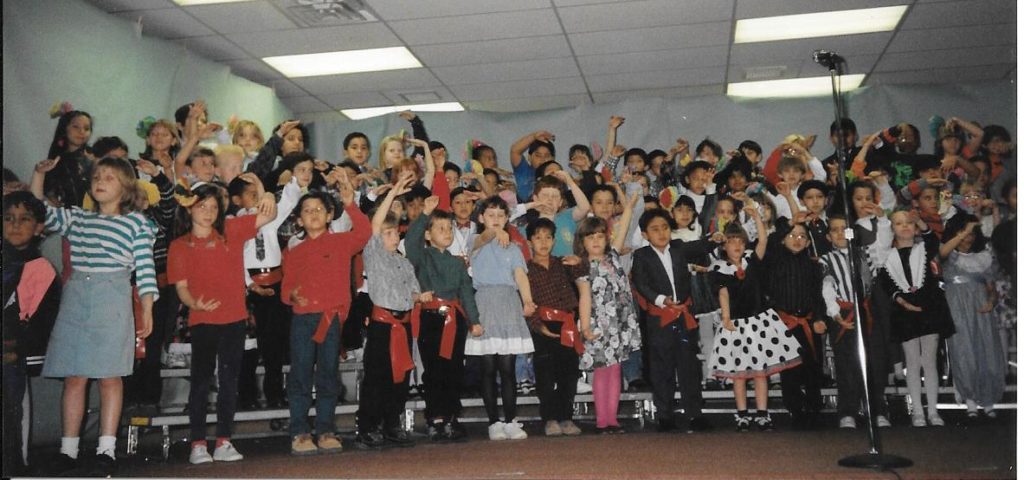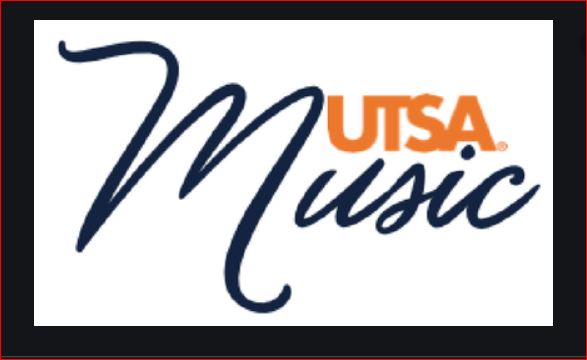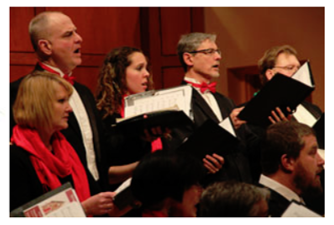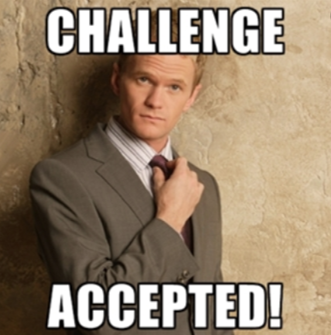How do we actively engage students in lifelong music learning and participation?

1985, The early years
For my first three years of teaching, I taught kindergarten through fifth grade general music for two elementary schools in Texas (one had no air conditioning!). I traveled from room to room teaching the Texas Essential Elements with my “Music Box” – a large suitcase filled with rhythm sticks and handouts. I learned early on in my career to keep the students during the lesson as active and engaged (movement) as possible – an essential survival technique.
Three years later, I got another job teaching K – 5 elementary music for a school just outside of San Antonio. I remember being very excited, for I now had a large music room and a full set of Off instruments – what a blast! We sang, played, moved, danced, and of course, surviving the good old recorder unit in third grade.
After a few more years of experience, and earning my master’s degree from the University of Texas at San Antonio, I made an alarming discovery; sometimes, even though the students were physically active in the lesson (hand signs, melodic contour, patchen, et.), they were not thinking musically. They were actively responding to my instruction, but their minds were not engaged. Bennett Reimer (1997) calls this “hands-on learning”.
What I wanted in my classroom was “mind-on learning” (Reimer, 1997). As a teacher, I realized I was the focal point of the lesson. I wanted the students to think/work through music and have the students discover and create possible solutions or ideas. I did not want my students to just wait for me, the teacher, to tell them how to respond or what to think.
Fast forward to 2015
It is Sunday night, and I am singing tenor at the weekly rehearsal for the Syracuse Vocal Ensemble. A regional choir performing advance choral literature here in Central New York. At one point, the director stopped the choir and turned to the sopranos to fix an area of concern. Tom, my fellow tenor turns to me and kindly mentions that I was missing the F# on the top of page 5 (Ahh!). After we talked and I marked my mistake, I looked around and noticed several things:
The baritone next to me was practicing and humming his part.
Two basses further to my right were pointing to the music and discussing the music.
A tenor to my left was looking at his music and conducting.
A few altos in front of me were marking their music
. . . . . . and the director was working with just the sopranos.
Then it hit me like a ton of bricks:
Wouldn’t it be great if my high school music students could engage in the rehearsal the same way?
I must confess, most students at that time could not. During my rehearsals, the choir would wait for me to teach – to give them direction. I kept them active (body movement), but the fact was, I was still direct teaching all the time, and not leaving space for the students to take ownership of their learning. Sandra Snow (2011) calls this approach microrehearsing. As ensembles work through a selection of music, the director stops, the director talks, the director demonstrates how to fix the problem, and then the director moves on to the next point of concern that the director has chosen. This is not “mind-on learning”.
What if I taught my students the knowledge and skills needed
to be able to identify and correct their own mistakes?
For the past five years, and with the help from my students, I have developed a new framework for learning and student-centered instruction in the classroom called the Agile Development Instructional Framework (ADIF).
The following video was presented in my previous post and provides a quick introduction to the ADIF process. I encourage you to watch the video two times:
1. One time with the volume on.
2. One time with the volume off.
(For your second viewing, ignore me, and observe the students working during our rehearsal)
What is your reaction to this video?
Conclusion: Leading Voices through Google Meet
A major goal of Leading Voices is to create a learning community centered on music education and to provide an opportunity to have an open dialogue about several topics. This dialogue can be done through the traditional leave a reply section below, or by meeting with me and other educators through Google Meet.
These online meetings will be held on Sunday evenings at 5:00 PM Eastern Standard Time, and last for about a half an hour. The first meeting will be on Sunday, February 16 at 5:00 PM. If you are interested, please email me at brianoackles@gmail.com or use the link below:
Google Meeting ID: meet.google.com/avf-susj-xpb
Special Note:
I will be presenting for the New Jersey Music Educators Association (NJMEA) State Conference in Atlantic City on Thursday, February 20, from 9:15-10:15 AM. The session is called Agile Centered Music Education: Fostering Student-Centered Instruction.
References
Snow, Sandra. “Dreaming, Musing, Imagining: Preparation for Engaged Teaching and Learning in the High School Choral Classroom.” Choral Journal 51, no. 7 (February 2011): 10-17.
Reimer, Bennet. “Music Education in the Twenty-First Century.” Music Educators Journal 84, no. 3 (November 1997): 33-38.
Ackles, Brian O. 2018. Agile Development Instructional Framework (ADIF): A New Strategy for Student-Centered Music Education. Choral Journal, September 2018. Vol. 59, No. 2.





Leave a Reply
You must be logged in to post a comment.